Mozambique: Regadio do Baixo Limpopo dissolved, irrigation scheme transferred to National ...
Mozambique: “Sustenta” must not be used for corruption, warns Nyusi
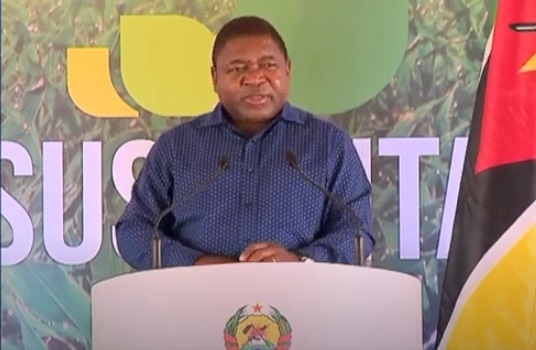
The Mozambican government’s flagship agricultural development programme, Sustenta, must not become a vehicle for illicit enrichment and corruption, stressed President Filipe Nyusi on Thursday.
Speaking in the western city of Tete, at the ceremony marking the transition of Sustenta from a pilot programme in only two provinces (Nampula and Zambezia) to a nationwide programme, Nyusi declared “Sustenta is not a project to share out money, so that afterwards there is no return, and we don’t want to hear about any acts of corruption through Sustenta”.
The purpose of Sustenta is to increase production and productivity among peasant families and small scale farmers. Loans made through Sustenta must be repaid, so that the money can be recycled among other Mozambicans.
Nyusi urged the future beneficiaries of Sustenta funds as well as the programme management teams to act on the basis of “the noblest values which guide the management of public assets”.
Nyusi did not explain what he had in mind when he spoke of projects that just share out money with no return. He did not have to – everyone in his audience will have remembered the scandal of the District Development Fund (FDD), set up under his predecessor, Armando Guebuza. Under this scheme, every district in the country received every year seven million meticais (about 100,000 US dollars at current exchange rates, but worth more than twice that amount when the FDD was launched).
That money was to be lent to people with viable projects that would increase food production and create jobs. Although the original goals may have been praiseworthy, the FDD soon became a scheme for putting money into the pockets of people who had no intention of repaying it. The FDD’s low interest loans were treated as gifts, and most of the beneficiaries never repaid them. No-one has ever been put on trial for the failure to repay.
Giving a history of Sustenta, Nyusi said the programme began in 2017 in ten districts in Nampula and Zambezia. Initially, it covered 9,548 small scale family farmers, 91 semi-commercial producers and 12 agro-industrial enterprises.
During this phase, 186,656 beneficiaries received assistance in the form of loans to purchase agricultural inputs and agricultural insurance, as well as securing land use titles (known as DUATs).
Nyusi claimed that this has led to a significant increase in production and productivity of the main crops, which allowed a 78 per cent increase in the income of the beneficiaries, allowing them to repay their loans.
Nyusi said there had been a high level of discipline among the beneficiaries, so that to date 64 per cent of the loans granted under Sustenta have been repaid. This led the government to decide on expanding the programme across the entire country.
In all the provinces, ministers are launching the expanded programme, Nyusi said. Over the next five years, the government has set itself the ambitious task of integrating a million households into productive value chains.
The government’s projections are that 200,000 new jobs will be created, and space will be made for the self-employment of 1.2 million people. It is predicted that the average yearly household income of the beneficiaries will increase from 36,000 to 76,000 meticais (from 514 to 1,085 US dollars, at current exchange rates). The agricultural growth rate should increase from the current 2.3 per cent to five per cent a year.
Nyusi recognised that Sustenta faces many challenges, notably building the capacity of producers along the value chain.
“This is the reason and the logic for ensuring that the launch of Sustenta coincides with the start of the training of the new and current agricultural extensionists, which takes off as from 3 August in the entire country”, said the President.
This programme, he added, “explains our historic decision to allocate ten per cent of the state budget to agriculture in an integrated manner”.
Nyusi also noted that about 80 per cent of the population relies on agriculture as its main source of sustenance, and that agriculture’s share in the Gross Domestic Product rose from 21.2 per cent in 2016 to 24.7 per cent in 2019.



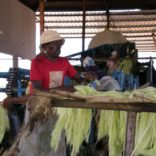
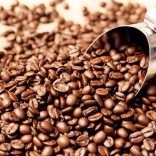


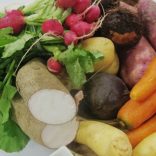

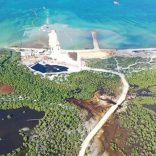
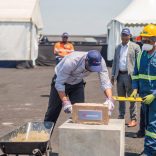

Leave a Reply
Be the First to Comment!
You must be logged in to post a comment.
You must be logged in to post a comment.